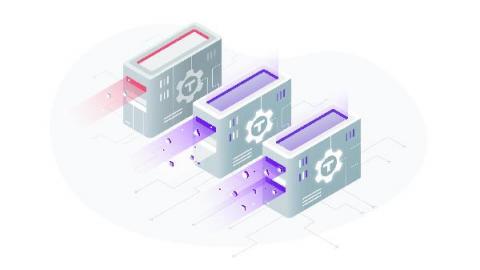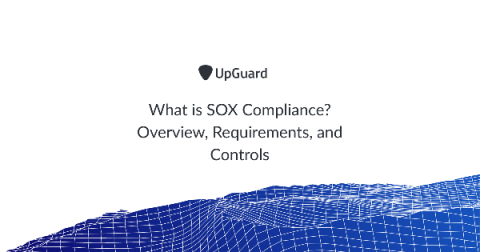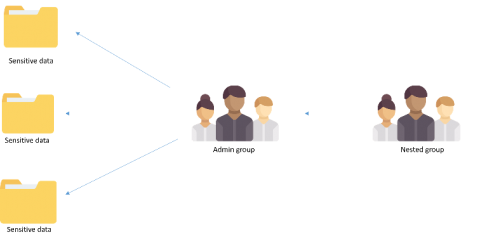Data Protection in the Age of Cloud Native Applications with CloudCasa - Part 3
In part 1 of this blog series on data protection for Kubernetes and cloud native applications, we addressed the need for Data Protection for Containerized Applications. Given that the leading Kubernetes distributions and managed cloud services do not include native capabilities for data protection and disaster recovery, service providers and enterprises need additional data management tools such as CloudCasa to provide these.










